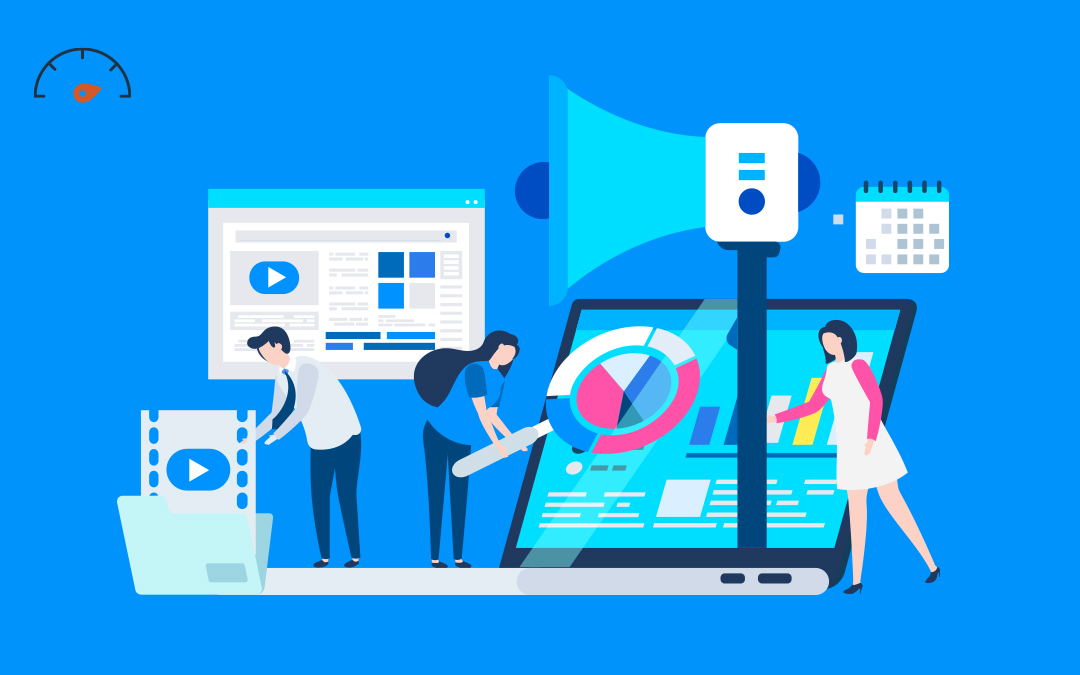As a small business owner, you’ll need a marketing plan to bring in customers. Since 92% of the U.S. population is online, and since businesses can target customers in the digital space at low costs or even for free, it shouldn’t be surprising that digital marketing can often be more effective than traditional marketing. If you need to know how to advertise your business online, here are the steps you should follow.
Claim Your Business on Google
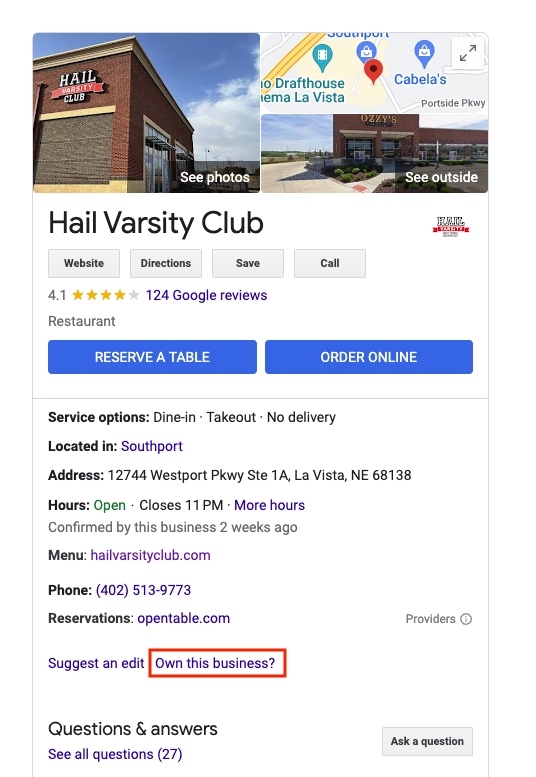
The first thing you need to do when marketing your business online is to claim your listing on Google Business Profile (formerly Google My Business). Adding and claiming a business listing is free, and it makes your business discoverable in Google search and Google Maps.
This is essential for building an online presence, as search engines are one of the top ways customers find businesses online and Google is the leading search engine over others—like Bing and Yahoo—by a large margin. 46% of Google searches are for local businesses, and 78% of searchers look for local businesses multiple times per week.
Google may have already created a business listing for you for certain locations, or you could have duplicate local listings that can hurt your business. When you claim your Google Business Profile listings, you have control over the data that shows for your business and all its location entries, so you can make sure all your info displays accurately for searchers.
Once you claim all of the listings under one account, you’ll need to update the NAP data—your business name, address, and phone number—for each of your business locations. If your business is more of an online retailer or traveling service that doesn’t have physical locations, you can also add and claim service area listings.
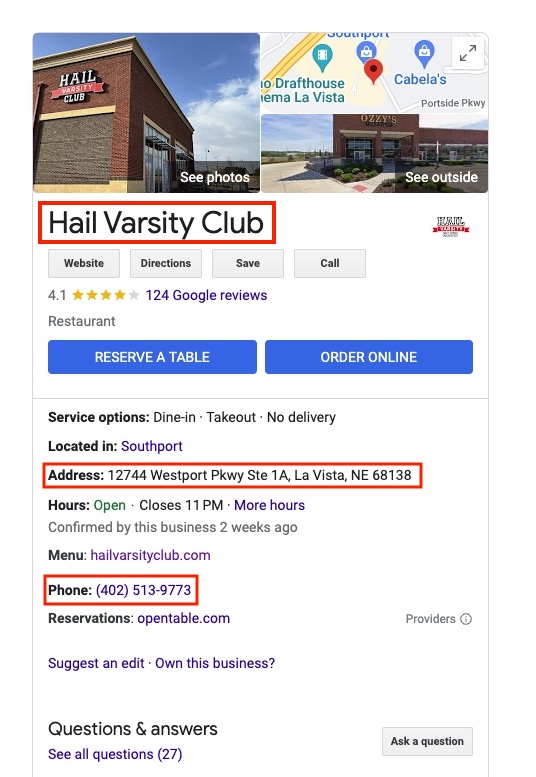
Optimize Your Google Business Listing
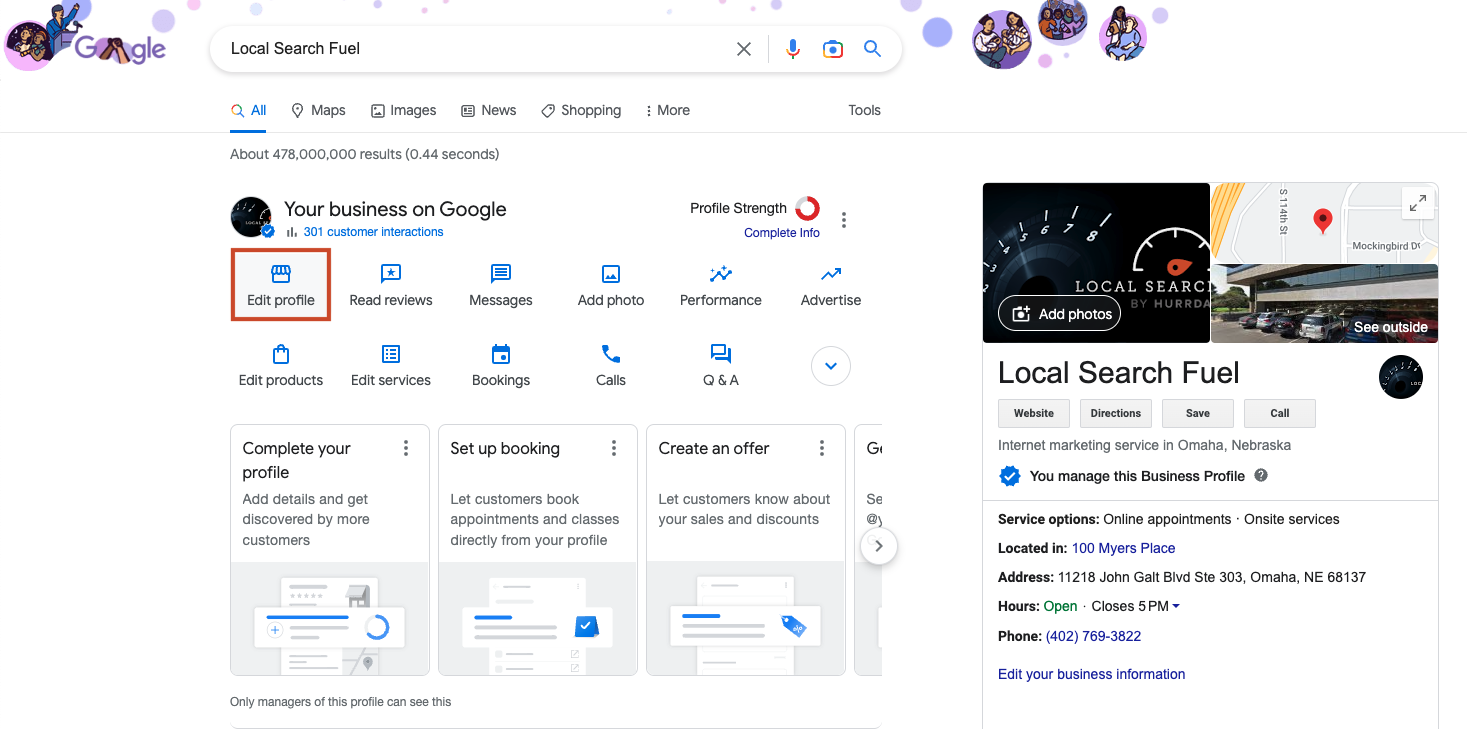
Once your Google Business Profile listings are created and claimed, your business may be discoverable in search, but there’s no guarantee it will show up prominently. In order to improve your search ranking and appear in the Google Map Pack (the first three results in a Google search), you have to optimize your local listings.
The first step to this is adding business hours, a business description, and quality photos. You should also choose a Google business category and secondary categories. If you’re having trouble choosing, check some of your competitors’ categories to see what might fit your business best.
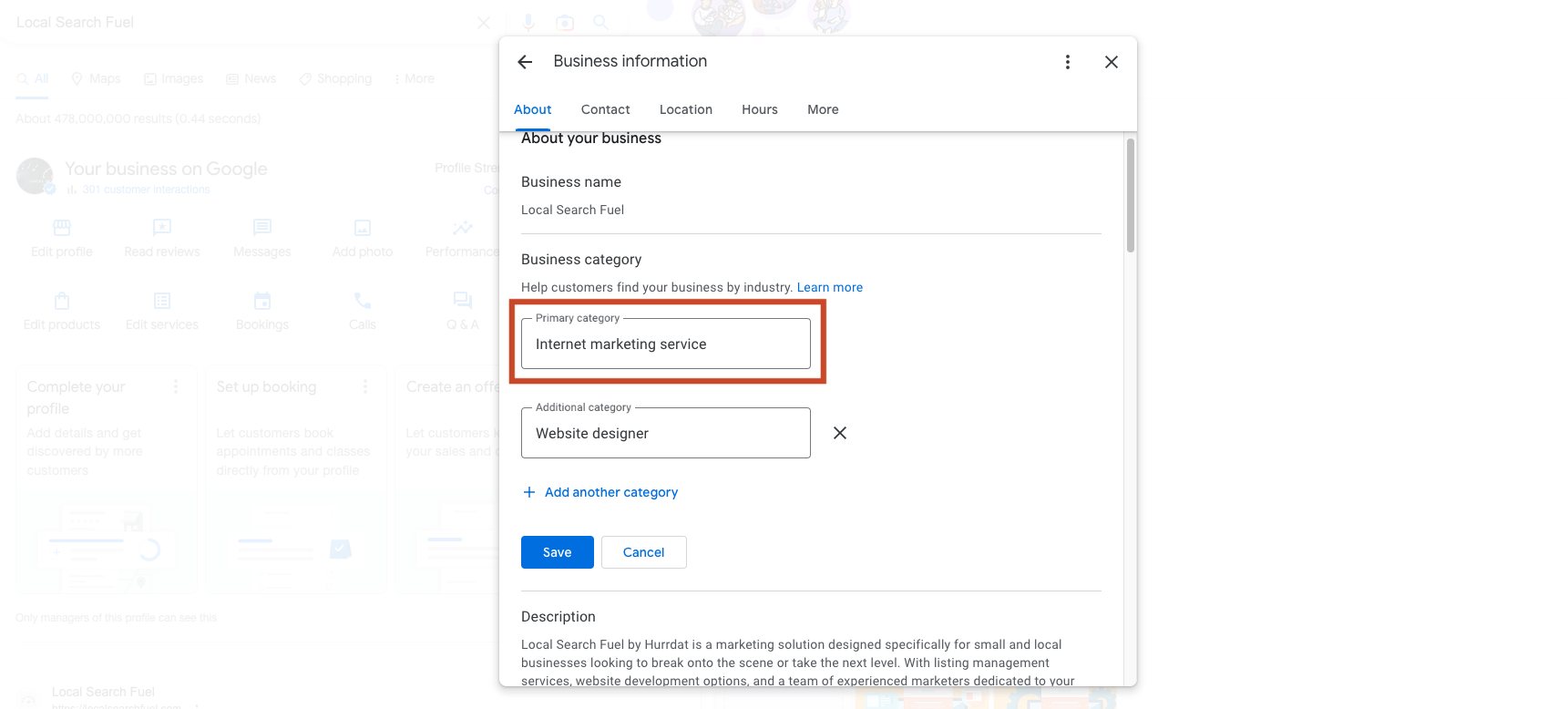
These Google Business Profile optimization strategies are completely free, and you should only need to update them once unless something changes with your business. In return, they can greatly improve your profile visibility and customer engagement with your listings.
Over time, watch your Google Business Profile insights to see if there are any ways to improve your optimization. If you have time to continuously update your profile with promotions, new products, and services, Google Posts are a good solution for sharing pertinent information while improving your business profile optimization even further.
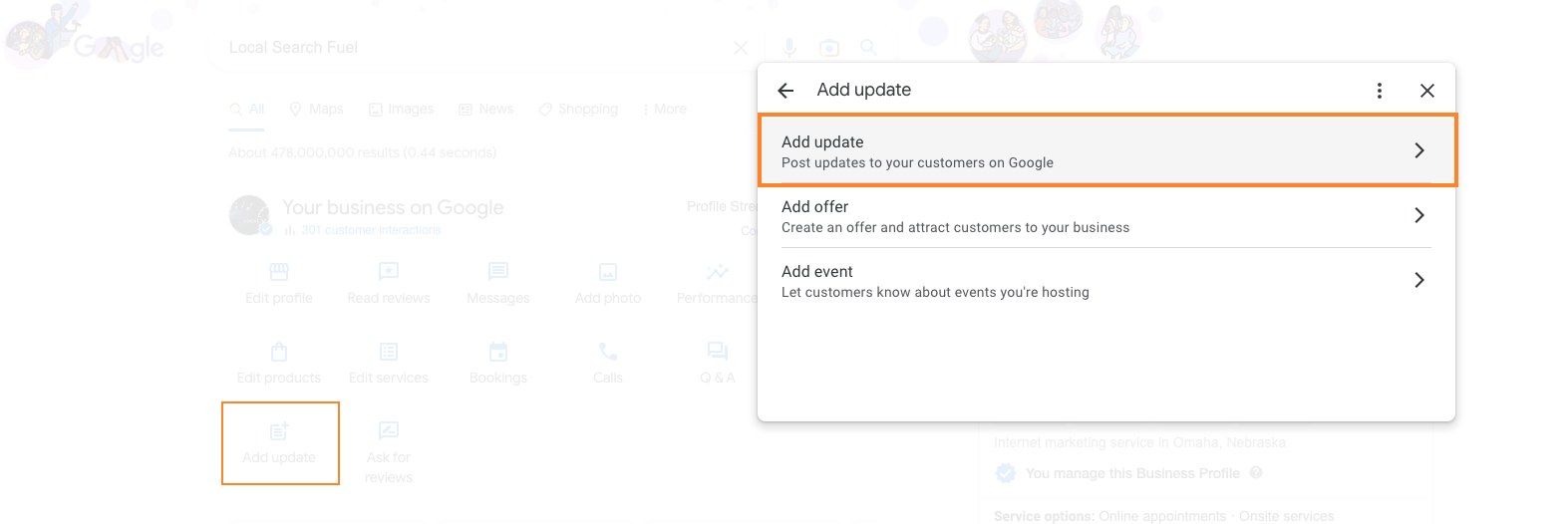
Handle Your Customer Reviews
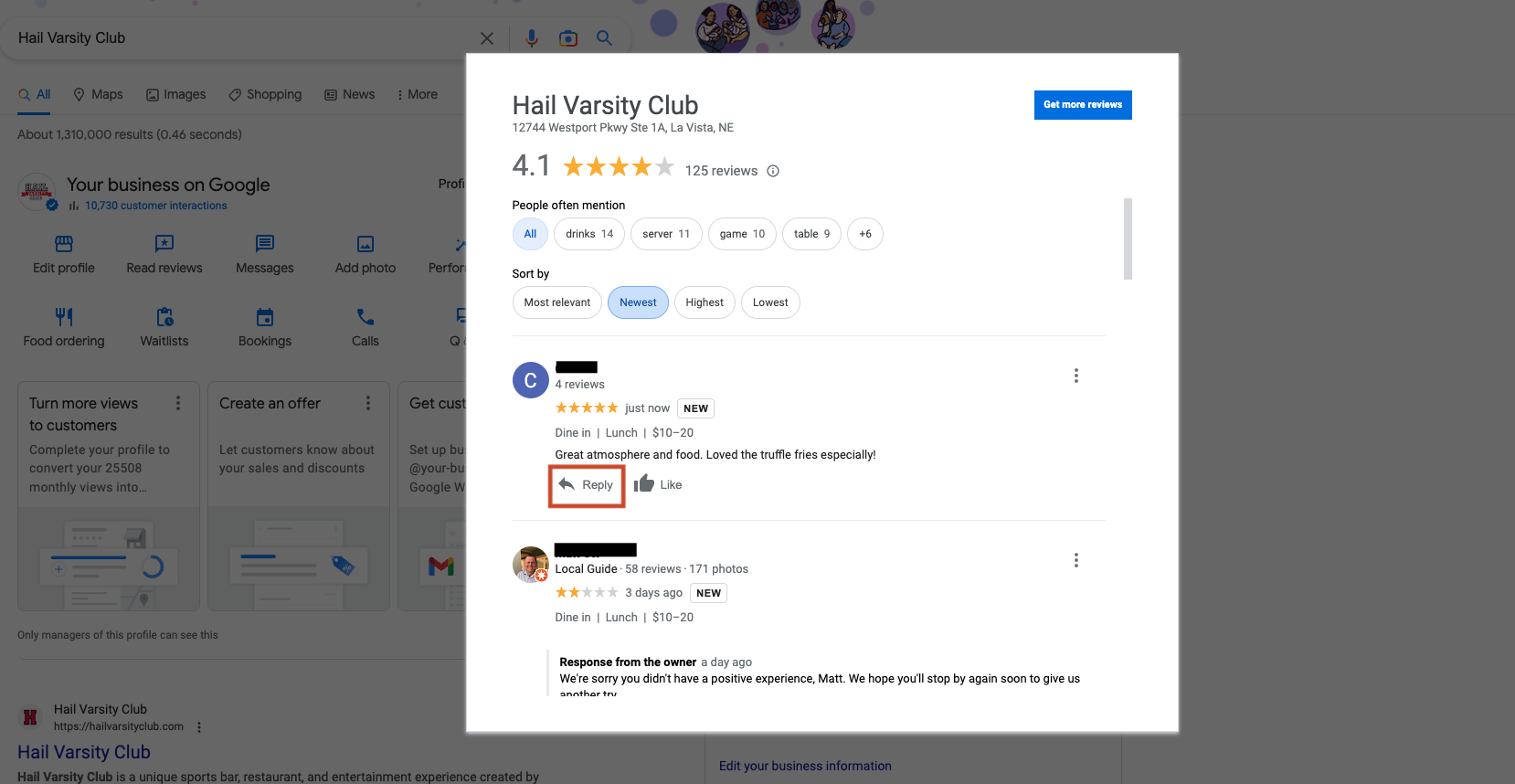
Once your Google Business Profile is set up, customers will be able to post reviews on your business listings. Getting plenty of good customer reviews and responding well to negative reviews can improve customer trust, help you streamline the customer service experience, and give you a free way to get first-hand feedback on your business.
If there are questions or issues that are consistently brought up in these reviews, it’s a good idea to turn them into permanent Q&As as a reference for other customers. Customers can also submit their own questions to this section of your GBP listing, so be sure to check and respond to these as well.
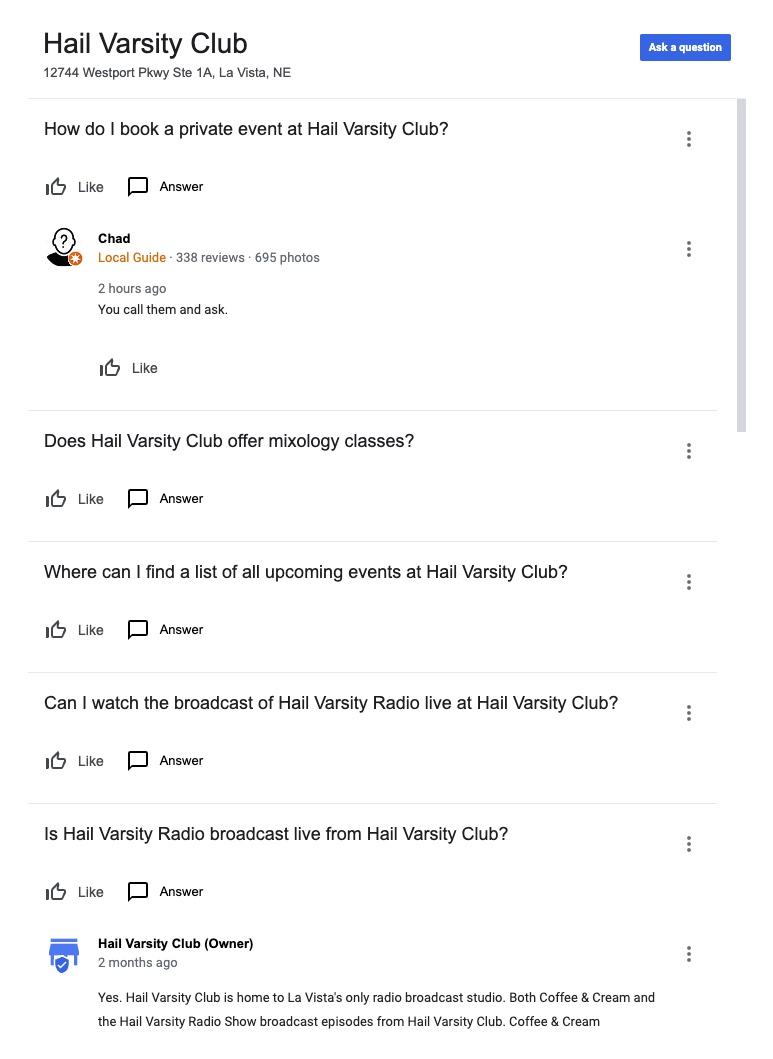
In some cases, you may get customer reviews that are false, fake, or inappropriate. These reviews can cause your business profile ranking to suffer, and Google will even suspend a business listing after too many fake reviews, making it essential to report and remove Google reviews that fall into this category.
Expand Your Local Citations
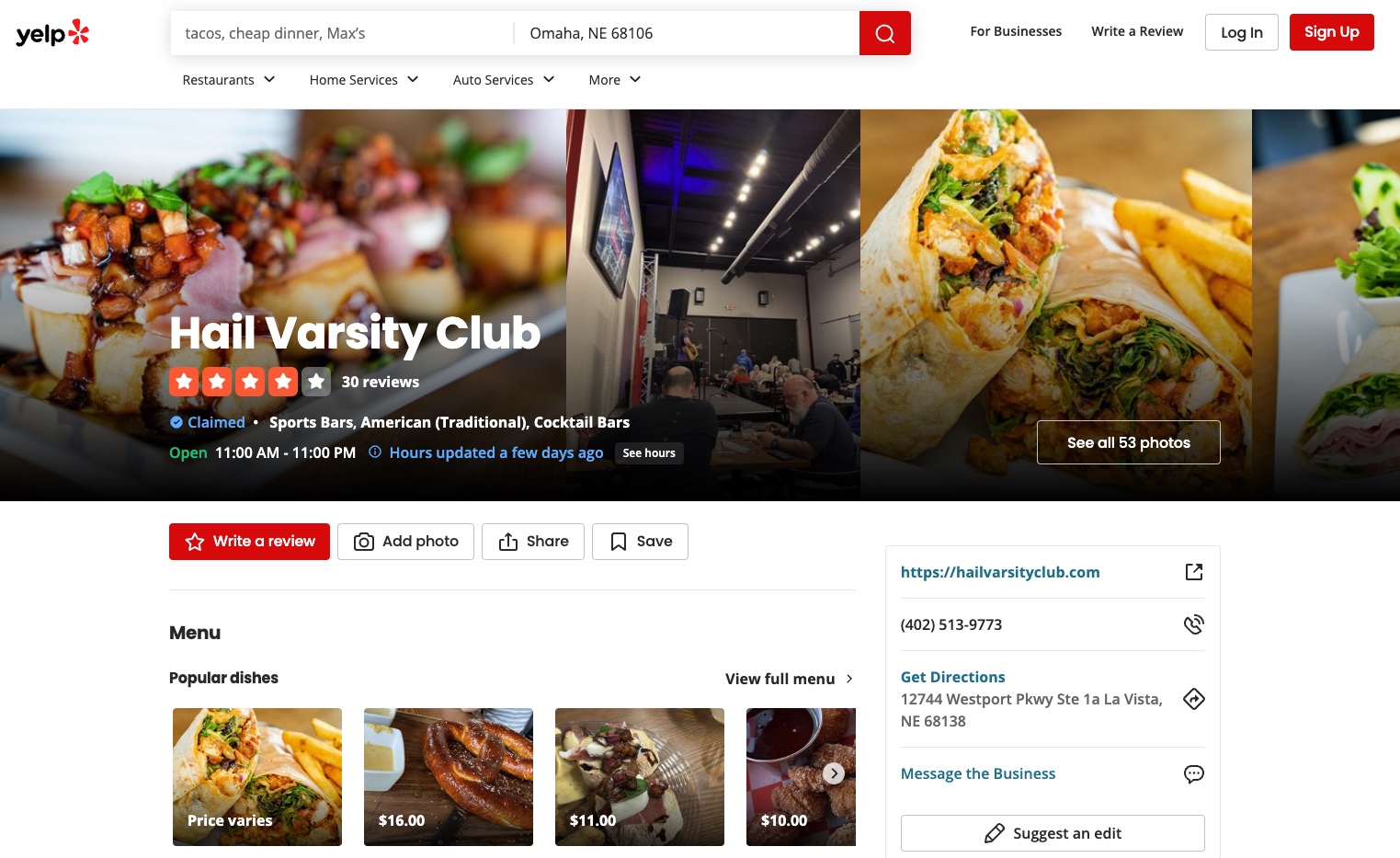
The NAP data on your Google Business Profile is an example of a local citation. There are plenty of other websites and online directories that host local citations, including Yelp, Yellow Pages, Apple Maps, Trip Advisor, and social media sites like Facebook.
Expanding and listing your business on these other platforms offers more opportunity to rank in local search, more places where your business is seen by customers, and more places to take and respond to reviews. Plus, the data you need to set up these local citations is already written for you in your Google Business Profile listings.
However, you will need to research which local citations platforms will be useful for your business, and you’ll need to do more outreach sending your NAP data to the websites in order to be featured. It’s still free, but requires more time as you wait for your business listing information to be processed and approved, so make sure your Google Business Profile is set up and well-optimized first.
Build a Website
With an established Google Business Profile and local citations, your business should be firmly cemented in the online world. However, none of these avenues are technically owned by your business.
Owned marketing channels give you full control over your content, how it appears, and who it targets. A business website is one of the best owned marketing strategies to create early on. Website optimization and user experience are two big factors that impact your local search ranking. You can further improve your website’s local search ranking through business location pages, well-optimized landing pages, and individual service pages.
Many customers only make a purchase after visiting a business’ website, and a quality website will improve your company’s credibility, showcase your brand, and increase your chances of getting leads. Additionally, driving traffic to your website lets customers learn more about your business and make purchases in one consolidated place.
However, managing a business website often comes with costs—like purchasing a domain name, paying for hosting, and potentially hiring help to build out a well-designed site. If you plan to be an active business you may also need some staff to be dedicated to website upkeep. Be sure you’re ready to put the time, effort, and money in to go forward with this step, as a low-quality website can actually backfire and hurt your business.
Establish a Social Media Presence
Social media is a great tool for businesses looking to communicate more directly with customers, since it helps you gain more customer reviews and feedback from comments and direct messaging. It’s free to create an account, takes a very short amount of time, and some social media platforms will even let customers make purchases directly from business accounts.
In fact, if you’re in the process of building out your business website, you can actually use social media in place of your website until it’s finished so that you still have an owned media channel to support SEO and drive conversions. Facebook is a great platform for this, as the Facebook Pages function has the capabilities of a business directory that’s easy to fill out with the same data you use on your Google Business Profile.
That being said, while all businesses should have a website, not every social media platform is right for every small business. Maybe your audience doesn’t have a strong social media presence, or maybe they tend to favor certain platforms over others. Plus, your business marketing strategies might not be well-suited to certain social media platforms.
Because of this, it’s important to conduct research on your audience and consider what kind of content you’ll be sharing so you can choose the right social media platforms for your small business. Since social media marketing takes time, it may also be something that requires specialized staff and allocated time to ensure your business posts consistently and creates good-quality content.
Put Together an Email List
Email marketing is another owned marketing channel that offers great benefits for many small businesses. With email marketing, you have more control the marketing content you send out and who it’s being sent to. You can also personalize your messaging to the individual.
Collecting email sign-ups through social media or your website allows you to send out content like newsletters, promotions, deals, or loyalty program benefits. And since this email marketing strategy is a form of inbound marketing—meaning your customers are requesting the content so you’ll be communicating with a willing audience.
Email marketing is an optional addition to your business marketing strategy, and it won’t be the right choice for every business since it can take time to plan and produce. However, you may want to test out this free marketing channel to see if it works for your business.
Start a Small Business Blog
Blogging is another option for businesses who want to produce long-form marketing content. A business blog is a great way to establish yourself as a thought leader in your industry. It also provides more chances to draw in customers from local search, as each blog post can be another opportunity to rank in search results. A business blog can even improve your website’s domain authority, which affects your likelihood of consistently ranking higher in search results.
As with email marketing, blog content takes a while to produce, so you should evaluate whether a blog would be useful to your business before starting one. Think about whether blogging aligns with your business goals, what value your posts would provide for readers, and whether or not you have the resources to create and post high-quality content on a regular basis.
If you’d like to prioritize personalized, targeted content for customers, try email marketing and social media first. If you’d like your business to become an authority in your field, try blogging first. Whichever route you choose, just make sure you don’t rely on solely one marketing channel.
Leave Paid Marketing for Last
All of the digital marketing strategies listed above have been examples of organic marketing, or unpaid marketing. Regardless of what other small business marketing strategies you decide to try, paid marketing should always come last. Paid marketing takes more time and money to get results than organic marketing, which is why businesses should build a strong set of organic marketing strategies before investing in paid advertising efforts.
However, if you’d like to grow your customer base further or if your organic marketing efforts are stagnating, paid marketing is certainly an option you can pursue. Some popular types of paid marketing are social media ads, website display ads, and paid search ads.
Ready to start marketing your business online? Local Search Fuel by Hurrdat offers digital marketing solutions to help small businesses claim, update, and manage their local business listings, conduct local SEO and website development, and more. Get started today!

Stefanie Vanderbeek
Stefanie Vanderbeek is a content strategist and writer who specializes in long-form digital content and website SEO optimization. Stefanie earned her Bachelor of Journalism from the University of Nebraska-Lincoln in Advertising and Public Relations in 2021. In her free time, you can find Stefanie reading, deep diving into video game lore, singing in her professional vocal group, or traveling the world!
